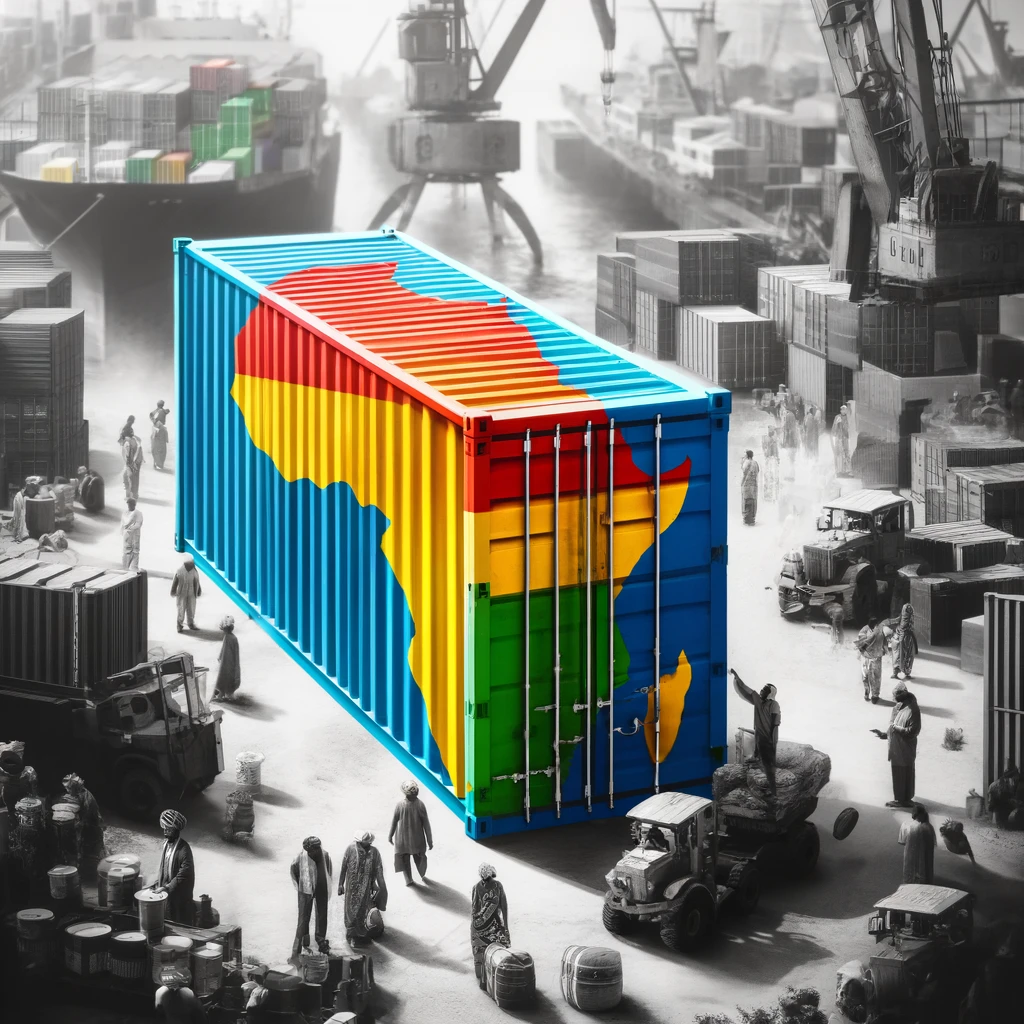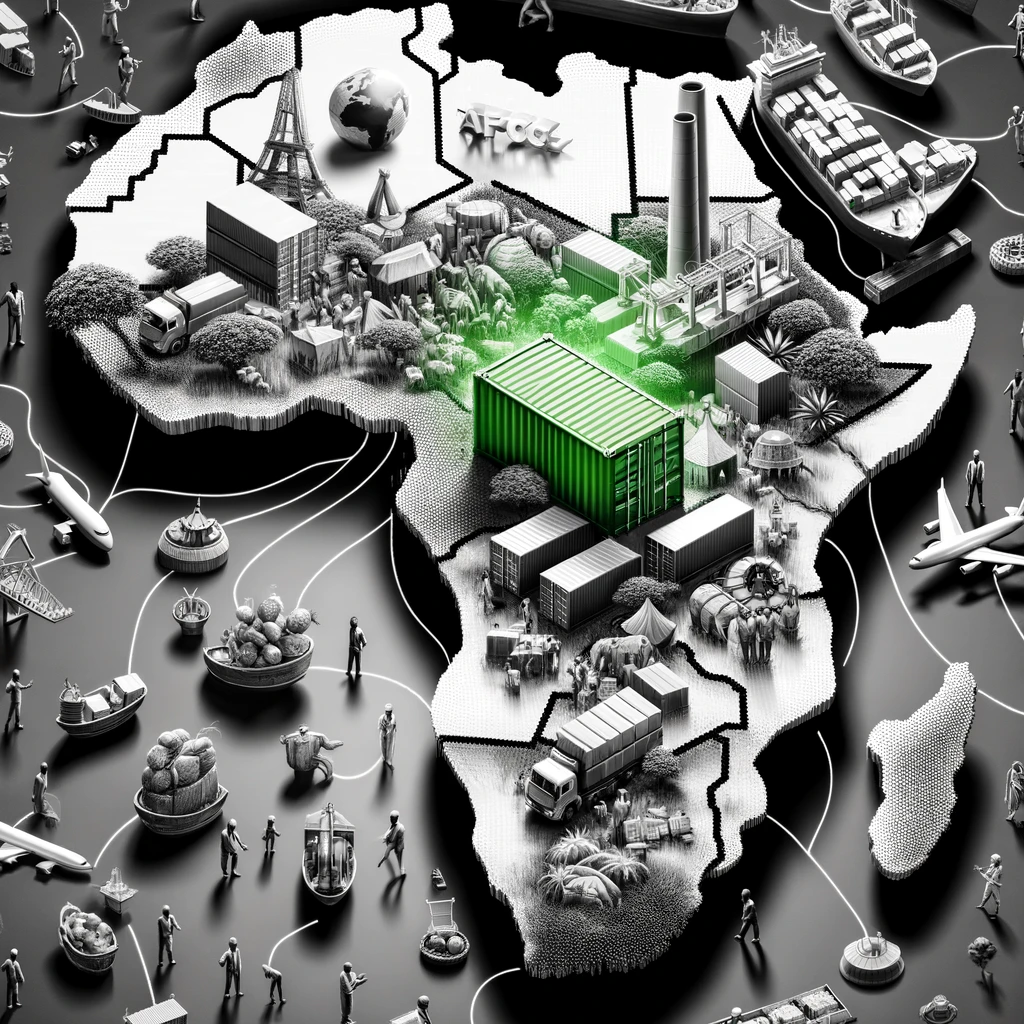
The Great Green Wall (GGW) initiative is an African-led endeavor that has embarked on a transformative journey to create the world’s largest living structure across the Sahel region. Launched in 2007 by the African Union, the GGW aims to restore 100 million hectares of degraded land, sequester 250 million tons of carbon, and generate 10 million green jobs by 2030.
This monumental project not only targets environmental restoration but also seeks to bolster economic growth, enhance food security, and strengthen community development in one of the world’s most vulnerable regions.
Environmental Restoration and Climate Action
The GGW is at the forefront of combating desertification in the Sahel, a region severely impacted by land degradation and biodiversity loss. By restoring degraded landscapes, the initiative promotes biodiversity and establishes an ecological balance vital for sustaining local ecosystems. Moreover, the GGW’s efforts in sequestering carbon dioxide are pivotal in the global fight against climate change, contributing significantly to reducing the atmospheric concentration of greenhouse gases.
Economic Empowerment through Green Jobs
A cornerstone of the GGW initiative is its potential to spur economic development by creating millions of green jobs. These jobs, ranging from forestry to sustainable agriculture, provide essential income for communities, reducing poverty and fostering economic resilience. The initiative’s focus on sustainable land management and agricultural practices offers a pathway to prosperity, transforming previously degraded areas into productive landscapes that support livelihoods and drive economic growth.
Enhancing Food Security and Community Development
The GGW directly contributes to improved food security by enhancing agricultural productivity and ensuring a stable supply of food resources. By rehabilitating and sustainably managing land, the initiative enables local farmers to increase crop yields, thus reducing hunger and improving nutritional outcomes. Furthermore, the GGW strengthens social cohesion and community development, empowering local populations to manage their natural resources effectively and sustainably.
Preventing Migration and Conflict
By improving economic conditions and alleviating environmental stress, the GGW plays a crucial role in preventing forced migration and mitigating conflict risks. Sustainable development and improved livelihoods reduce the need for people to migrate in search of better opportunities, thereby contributing to regional stability and peace.
Cultural Preservation and Global Cooperation
The initiative fosters cultural preservation, allowing communities to maintain their heritage and promote sustainable practices through knowledge exchange. The GGW’s embodiment of hope and resilience has garnered international attention, leading to strengthened partnerships and cooperation. The UNCCD’s “Growing a World Wonder” campaign exemplifies this global solidarity, seeking to inspire and mobilize support for the GGW as a symbol of sustainable development and environmental stewardship.
The Great Green Wall initiative represents an unparalleled effort in Africa’s quest for sustainability and resilience. Stretching across the Sahel, it not only stands as a barrier against desertification but also as a testament to what can be achieved through collective action and international cooperation. As the GGW continues to grow, it sows the seeds of change, promising a greener, more prosperous future for the African continent and beyond.
Sources and References
- African Union. (2007). The Great Green Wall Initiative.
- United Nations Convention to Combat Desertification (UNCCD). “The Great Green Wall Initiative.” UNCCD’s Great Green Wall page.
- The African Union Commission & UNCCD. “Growing a World Wonder.” Campaign to promote the Great Green Wall initiative.
- World Bank. (2021). “The Great Green Wall: An African-led Movement with an Epic Ambition.”
- FAO. (2020). “The Great Green Wall: Combating Desertification, Land Degradation, and Drought.”


